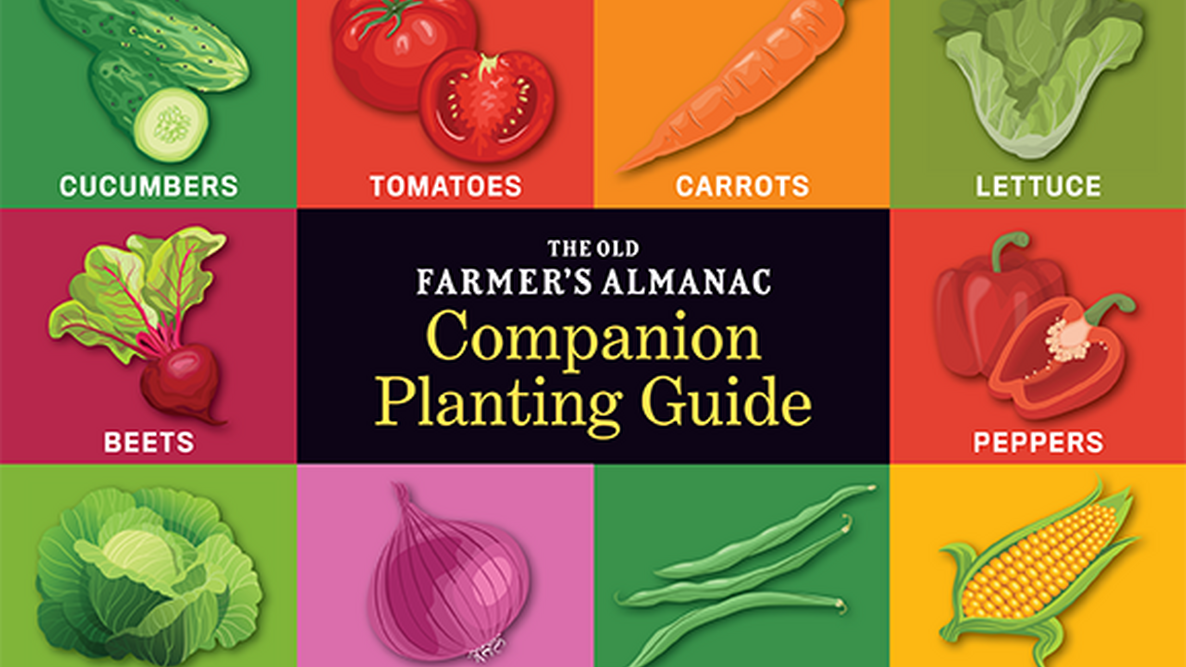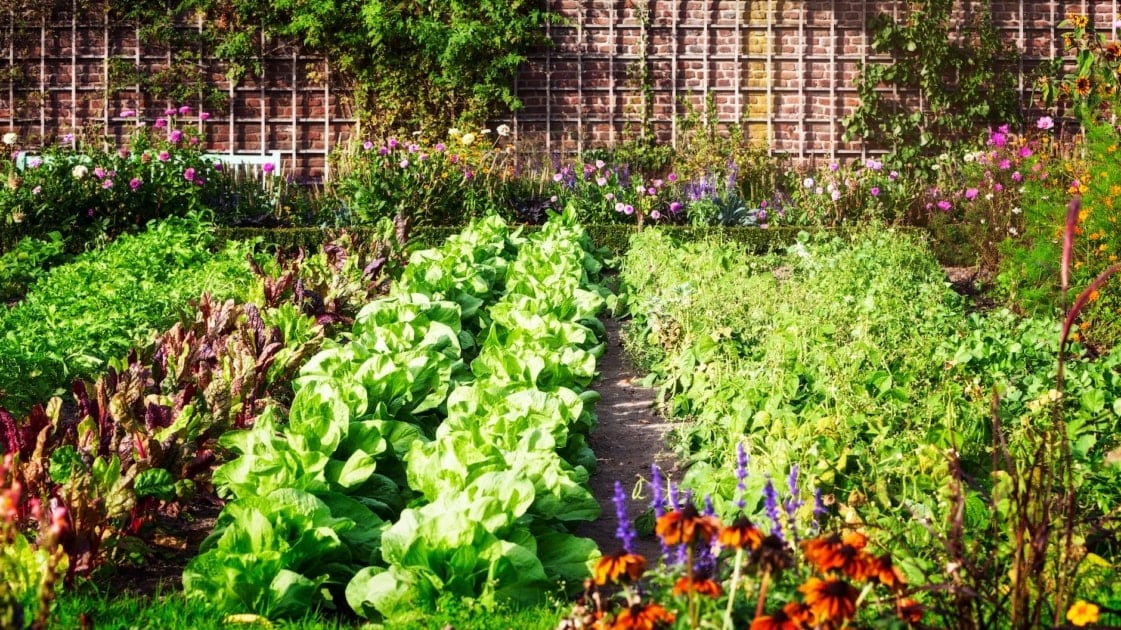Beets And Tomatoes: The Perfect Companion Planting Pair
Beets and Tomatoes: The Perfect Companion Planting Pair
Companion planting is a gardening technique that involves planting certain plants together in order to benefit each other. Some plants, when planted together, can help to improve each other's growth, deter pests, or attract beneficial insects. Beets and tomatoes are two vegetables that are often recommended as companion plants.
Why are beets and tomatoes good companion plants?
There are a few reasons why beets and tomatoes are considered to be good companion plants. First, they have different growing requirements. Beets are a cool-season crop that can tolerate some shade, while tomatoes are a warm-season crop that needs full sun. By planting beets and tomatoes together, you can extend the growing season for both plants.
Second, beets and tomatoes can help to deter each other's pests. Beets can help to repel aphids, which can be a major problem for tomatoes. Tomatoes, on the other hand, can help to repel nematodes, which can damage beet roots.
Third, beets and tomatoes can help to improve each other's growth. Beets release nitrogen into the soil, which can benefit tomatoes. Tomatoes, on the other hand, provide shade for beet leaves, which can help to prevent them from getting sunburned.
How to plant beets and tomatoes together
When planting beets and tomatoes together, it is important to space them properly. Beets should be spaced about 4 inches apart, while tomatoes should be spaced about 24 inches apart. You can plant the beets and tomatoes in the same row, or you can plant them in separate rows. If you plant them in separate rows, you should space the rows about 16 inches apart.
You can also plant beets and tomatoes in a square foot garden. In a square foot garden, each plant should be spaced about 6 inches apart. This means that you can plant four beets and one tomato in each square foot.
What other plants can you plant with beets and tomatoes?
In addition to being good companion plants for each other, beets and tomatoes can also be planted with a variety of other vegetables. Some of the best companion plants for beets include:
- Alliums: Onions, garlic, and chives can all help to repel pests from beets.
- Brassicas: Cabbage, broccoli, and cauliflower can all help to improve the growth of beets.
- Legumes: Beans, peas, and lentils can all help to fix nitrogen in the soil, which can benefit beets.
- Lettuce: Lettuce can help to shade beet leaves from the sun and prevent them from getting sunburned.
- Spinach: Spinach can help to suppress weeds around beet plants.
Some of the best companion plants for tomatoes include:
- Basil: Basil is a well-known companion plant for tomatoes. It helps to improve the flavor of tomatoes and repel pests.
- Cucumbers: Cucumbers can help to attract beneficial insects that can help to control pests on tomatoes.
- Herbs: Many herbs, such as mint, rosemary, and thyme, can help to repel pests from tomatoes.
- Lettuce: Lettuce can help to shade tomato plants from the sun and prevent them from getting sunburned.
- Peas: Peas can help to fix nitrogen in the soil, which can benefit tomatoes.
Conclusion
Beets and tomatoes are two vegetables that can benefit each other when planted together. By planting them in your garden, you can help to improve their growth, deter pests, and attract beneficial insects. So next time you're planning your garden, be sure to consider planting beets and tomatoes together.
Beets and tomatoes are two popular vegetables that can be grown together in the garden. However, it's important to know which companion plants are best for each vegetable, as some can actually hinder their growth.
For example, beets should not be planted near peas, dill, rosemary, or cabbage, as these plants can compete for nutrients and space. Tomatoes, on the other hand, can benefit from being planted near basil, chives, nasturtiums, and marigolds, as these plants help to repel pests and attract beneficial insects.
If you're interested in learning more about companion planting for beets and tomatoes, I recommend visiting Gardenia Inspiration. This website has a comprehensive guide to companion planting, as well as specific information about the best plants to grow with beets and tomatoes.
FAQ of beets and tomatoes companion planting
- Can beets and tomatoes be planted together?
While beets and tomatoes can technically be planted together, they are not considered to be ideal companions. Beets release a chemical that can stunt the growth of tomatoes, and tomatoes can attract pests that also target beets. If you do decide to plant beets and tomatoes together, it is important to space them at least 16 inches apart.
- What are some good companion plants for beets?
Some good companion plants for beets include:
- Alliums (onions and garlic)
- Bush beans
- Lettuce
- Radishes
- Strong-scented herbs (such as basil, mint, and rosemary)
- Brassicas (such as broccoli and cabbage)
- Corn
- Oats
These plants can help to deter pests, improve the soil quality, or provide shade for beets.
- What are some good companion plants for tomatoes?
Some good companion plants for tomatoes include:
- Basil
- Borage
- Chamomile
- Marigolds
- Nasturtium
- Onions
- Peppers
- Spinach
- Strawberries
These plants can help to deter pests, attract beneficial insects, or improve the soil quality.
- What are some good companion plants for both beets and tomatoes?
Some good companion plants for both beets and tomatoes include:
- Lettuce
- Radishes
- Spinach
These plants have similar growing requirements and will not compete with each other for resources.
- How can I companion plant beets and tomatoes in my garden?
When companion planting beets and tomatoes, it is important to consider the spacing requirements of both plants. Beets need at least 16 inches of space between plants, while tomatoes need at least 24 inches of space. You can also plant radishes or lettuce between the beets and tomatoes to help fill in the space and deter pests.
Image of beets and tomatoes companion planting
5 different images of "beets and tomatoes companion planting" from Pinterest:
- Image 1: A garden bed with beets and tomatoes planted in alternating rows. The beets are a deep red color, while the tomatoes are a variety of colors, including red, yellow, and orange.

- Image 2: A close-up of a beet plant and a tomato plant growing next to each other. The beet plant has large, leafy greens, while the tomato plant has small, green leaves and bright red tomatoes.

- Image 3: A cluster of beet plants growing in the shade of a tomato plant. The beet plants are a deep red color, and the tomato plant is a yellow variety.

- Image 4: A garden bed with a variety of vegetables, including beets, tomatoes, carrots, and lettuce. The beets and tomatoes are planted in the same bed, but they are not in direct contact with each other.

- Image 5: A farmer's market stand with a display of beets and tomatoes. The beets are a deep red color, while the tomatoes are a variety of colors, including red, yellow, and orange.

Post a Comment for "Beets And Tomatoes: The Perfect Companion Planting Pair"